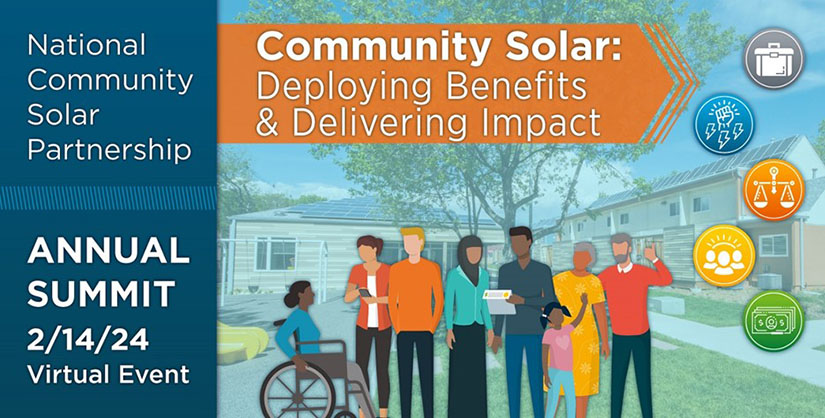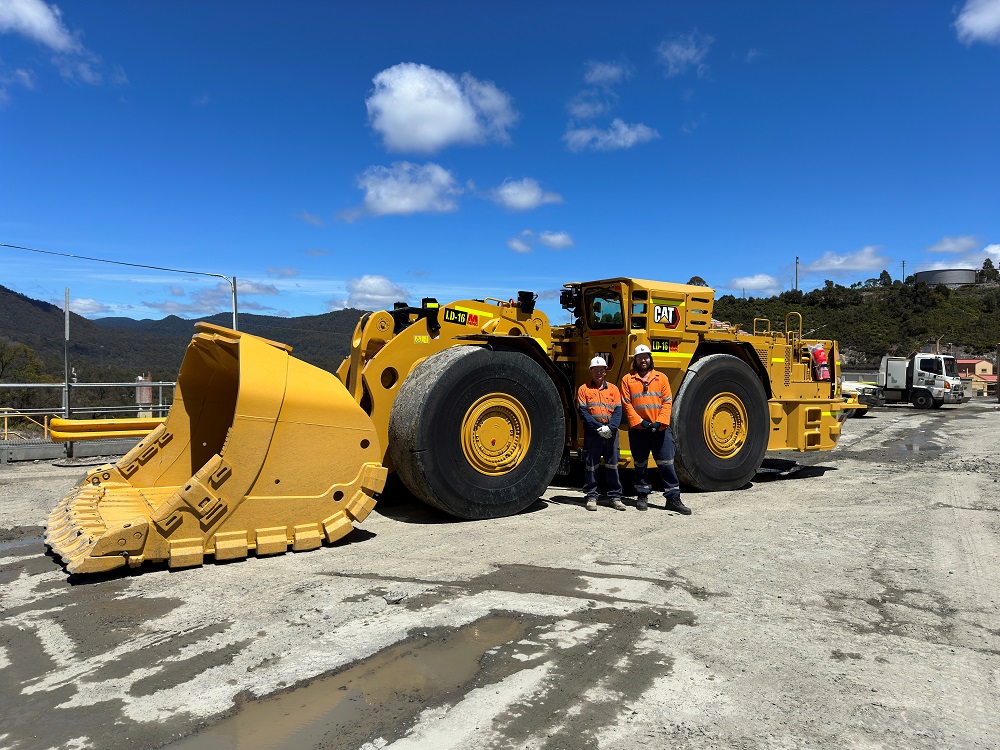Sign up for daily news updates from CleanTechnica on email. Or follow us on Google News!
Analysts Share Tools for Communities, Tribes, and Jurisdictions Looking for Ways To Make Solar Energy Meet Their Needs
Solar energy can provide more than light and heat. It can provide opportunities for renters to develop equity through community solar projects, for example, or create avenues for workforce development, lower utility bills, and increased energy resilience—among many other potential benefits to communities. But not all communities have been consulted about their needs in the clean energy transition.
“Solar is rapidly growing; we have opportunities now to benefit communities we haven’t reached before,” said Eric Lockhart, energy justice lead at the National Renewable Energy Laboratory (NREL). “At the local, state, and federal level there are ambitious goals for the energy transition that require an evolution in how we approach those goals and meet community needs. Many federal incentives and funds are explicitly intended to serve disadvantaged communities, and we’re working to facilitate these efforts by developing analysis and models to support them.”
Many stakeholder groups are seeking greater equity and justice in the energy transition—from nonprofits and community-based organizations to local governments and state and Tribal policymakers. And a growing number of NREL solar energy research projects are centered on energy justice and are seeking to help disadvantaged communities find ways that the benefits of solar energy can meet their needs.
Whether you represent a Tribe or a local government, or work at a utility or a nonprofit, the Energy Justice in Solar Adoption webpage collects solar-focused resources to help you and your community. Read on to learn about three specific NREL projects that are helping communities bring solar energy’s benefits to more of their residents.
Solar Energy Innovation Network Offers Project Blueprints To Serve Communities
Funded through the U.S. Department of Energy (DOE) Solar Energy Technologies Office (SETO), the Solar Energy Innovation Network (SEIN) helps communities develop innovative and equitable approaches to adopting solar energy. Teams from across the United States receive funding and technical support to enable collaboration among community-based organizations, local governments, utilities, and national laboratories.
SEIN Round 3 is wrapping up and sharing findings that will support other communities’ efforts to bring the financial and other benefits of solar to their neighborhoods. Resources published by the participating teams and NREL provide blueprints for solar adoption that can be adapted for other communities in the Assistance for Early Adopters program. Round 3 publications will continue to be added in the coming months.
“The SEIN Round 3 teams collaborated to identify ways to overcome barriers to deploying solar energy in their communities and piloted those potential solutions,” said Sara Farrar, who leads SEIN for NREL. “What are some of the barriers SEIN teams are seeing? Financial credit is restricted, language translation may be needed, bureaucracy can limit accessibility, and new financing mechanisms are needed for consumer protection and flexibility. We look forward to sharing these emerging solutions with more communities and further exploring innovative pathways to solar adoption in the coming year!”
Learn more about SEIN and the teams who participated in Round 3 to see how their experiences can inform potential solar projects for your community.
Tribal Solar Guidebook Shares Ways To Make Adopting Solar Energy Easier for Tribes
In a three-year, SETO-funded project, NREL and the Midwest Tribal Energy Resources Association (MTERA) engaged more than 600 people from Tribes, utilities, regulatory bodies, and other interested parties to learn about the unique regulatory barriers facing Tribes and to explore potential solutions to the challenges Tribes face.
The resulting three-part guidebook—Addressing Regulatory Challenges to Tribal Solar Deployment—presents potential short- and long-term solutions to regulatory challenges, case studies of successful Tribal solar deployment projects, and topics related to solar adoption that are uniquely relevant to Tribes. Projects in the guidebook present creative and productive methods of addressing many of the regulatory obstacles that make deploying solar more challenging for Tribes.
“Working with Tribes is very different from working with other parties,” said Laura Beshilas, who leads the NREL side of the project. “One of the top barriers that NREL and MTERA heard from Tribes was that Tribal staff lack the needed technical capacity to pursue solar energy development. As a result, NREL is partnering with MTERA to hold a workshop in May to train Tribal staff in useful tools like the Renewable Energy Integration and Optimization (REopt®) tool and to explore the benefits that a solar or solar-plus-storage project could provide.”
Learn more about the Tribal Solar Guidebook and additional resources available to Tribes looking to deploy solar projects and unlock the many benefits of solar energy.
Putting Numbers on How Households Can Benefit From Community Solar
Community solar is defined by DOE as any solar project or purchasing program within a geographic area in which the benefits flow to multiple customers, such as individuals, businesses, and nonprofits. In most cases, customers benefit from the energy generated by solar panels at an off-site array. Community solar programs make solar more accessible to all Americans, particularly those with low-to-moderate incomes, renters, and other community members for whom traditional rooftop solar is unavailable. Rather than putting solar on their own home or building, community solar allows energy users to subscribe to a shared system of solar panels, often located within their community.
SETO’s National Community Solar Partnership (NCSP) is a coalition of community solar stakeholders working to expand access to affordable community solar to every U.S. household and enable subscribers and their communities to realize meaningful benefits. NCSP has identified a set of five meaningful benefits of community solar: equitable access and consumer protections, meaningful household savings, resilience and grid benefits, community-led economic development, and solar workforce development. You can learn more about these meaningful benefits and how community solar projects are delivering them by viewing the NCSP Building with Benefits webinar series, available on DOE’s website.
NCSP also released a webinar, presentation, and dataset for their Sharing the Sun: Community Solar Deployment and Subscriptions project. The dataset tracks community solar projects and characteristics across the United States and includes information on specific provisions for low-income and low- and moderate-income subscribers for both complete and pending projects. The dataset often informs analysis products that explore trends in community solar deployment.

Learn more about the NCSP and community solar on DOE’s website or by joining the National Community Solar Partnership online network. Register for the all-virtual 2024 NCSP Annual Summit: Community Solar—Deploying Benefits & Delivering Impact on Feb. 14, 2024, 12–4 p.m. ET.
How Can NREL’s Solar Energy Justice Resources Help You?
See the full list of solar energy resources that NREL has developed to help communities advance energy justice.
Read more about NREL’s overall approach to energy justice in our work.
By Sara Fall and Harrison Dreves. Courtesy of NREL.
Have a tip for CleanTechnica? Want to advertise? Want to suggest a guest for our CleanTech Talk podcast? Contact us here.
Latest CleanTechnica TV Video
I don’t like paywalls. You don’t like paywalls. Who likes paywalls? Here at CleanTechnica, we implemented a limited paywall for a while, but it always felt wrong — and it was always tough to decide what we should put behind there. In theory, your most exclusive and best content goes behind a paywall. But then fewer people read it!! So, we’ve decided to completely nix paywalls here at CleanTechnica. But…
Thank you!
CleanTechnica uses affiliate links. See our policy here.



.jpg)
